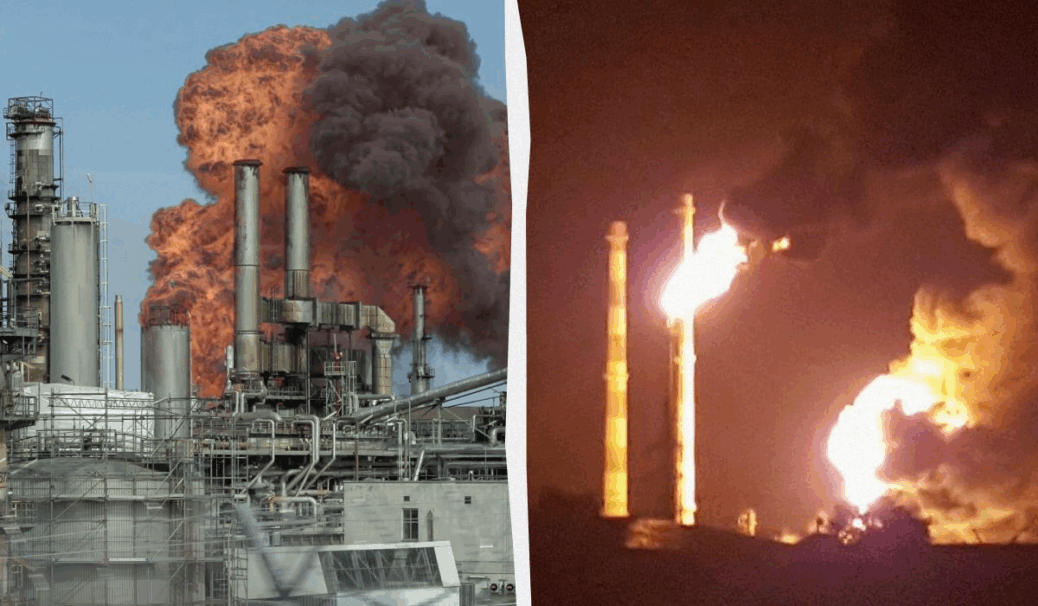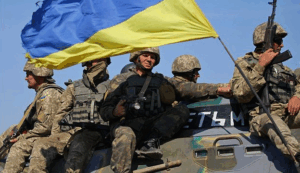Almost half of Russia’s oil refineries have been affected by drone and missile strikes.
Ukraine continues to inflict severe damage on Russia’s energy infrastructure, and the pace is accelerating. Russians are already facing fuel shortages at gas stations and reductions in exports of certain fuel types, reports The Economist.
Benedict George, head of European petroleum product pricing at Argus Media, noted that diesel exports have dropped by 30% compared to last year, reaching their lowest level since 2020. This has led to a sharp rise in wholesale prices, as Russia is the world’s second-largest diesel exporter. It was reported by Unian.
According to open-source analysis, Russia’s petroleum product exports amounted to $52.1 billion in 2023.
Pumping stations and storage facilities have been seriously damaged by Ukrainian strikes, including a massive attack in mid-September on Primorsk, Russia’s largest oil transshipment port on the Baltic Sea. However, according to Serhii Vakulenko from the Carnegie Eurasia Center, such facilities are difficult to destroy permanently, and so far there are no signs of a reduction in Russian crude oil exports.
“Ukrainians are on the rise. The Russians have a problem. They cannot stop this, and Ukrainians have no reason to slow down,” says British strategist Sir Lawrence Freedman.
How Ukraine is hitting Russia
Part of the problem facing the Russians is the huge number of targets, the size of the territory, and the weakening of Russian air defenses after more than three years of war. One‑way attack drones used by the Ukrainians fly relatively slowly and carry warheads of only 60–120 kg, but they can cover long distances and are accurate enough to inflict serious damage.
About 60% of deep strikes on Russian territory are carried out by Ukrainian Fire Point FP‑1 drones, which—with a smaller payload—can reach targets up to 1,500 km inside Russia and are equipped with sophisticated software that is resistant to electronic warfare. According to expert on Ukrainian weapons systems Olena Kryzhanivska, FP‑1s cost only about $55,000 and are produced at a rate of more than 100 units per day. Ukraine also uses heavier and more expensive “Liutyi” drones, which have a range of 2,000 km and a machine‑vision guidance system.
There are also reports that FP‑5 “Flamingo” cruise missiles have begun to be used. They are much faster than drones, fly only about 50 m above the ground, have a range of over 3,000 km, and possess enormous striking power thanks to a 1,150‑kg warhead. For FP‑5 production, Fire Point uses rebuilt Soviet‑era turbofan engines, and its carbon‑fiber fuselage is manufactured in just six hours. Fire Point currently produces two to three FP‑5s per day, but production is expected to increase to seven per day by the end of this month. Each cruise missile costs about $500,000.
Ukraine’s strikes on Russian refineries – key news
Coordinated attacks by Ukrainian drones on refineries and other parts of Russia’s fuel distribution system began in August, and the number of strikes is increasing from two to three per week to four to five.
Over the past week, Ukraine has caused significant damage to the large oil export terminal in Novorossiysk on the Black Sea, the refinery complex in Bashkortostan (over 1,300 km from Ukraine), and a pumping station in Chuvashia, located 1,000 km from Ukraine. Additionally, on October 1, a major refinery in Yaroslavl was hit, though Russian authorities claim it was a “technical” incident, not the result of a drone attack.
On the night of October 5, drones attacked the Nizhny Novgorod Lukoil refinery in Kstovo, the fourth-largest refinery in Russia.
Ukrainian drone strikes have led to fuel shortages in the regions. In response to the worsening crisis, on September 25 Russian Deputy Prime Minister Alexander Novak announced a partial ban on diesel exports and an extension of the previously imposed gasoline export ban until the end of the year.
Tags: Analytics news Russia russia ukraine war Ukraine war war in ukraine latest news war news




























